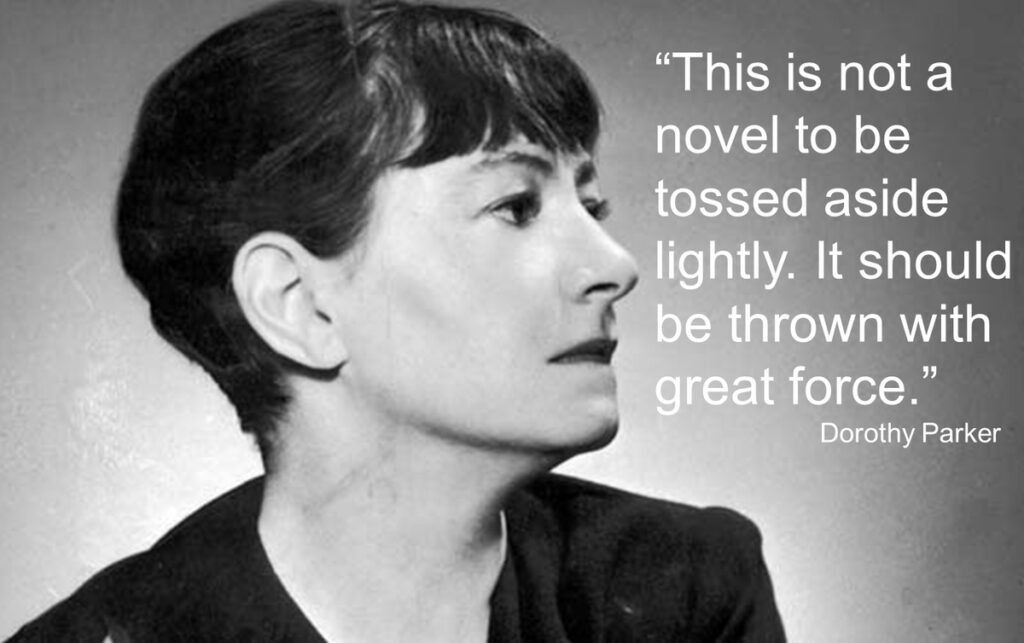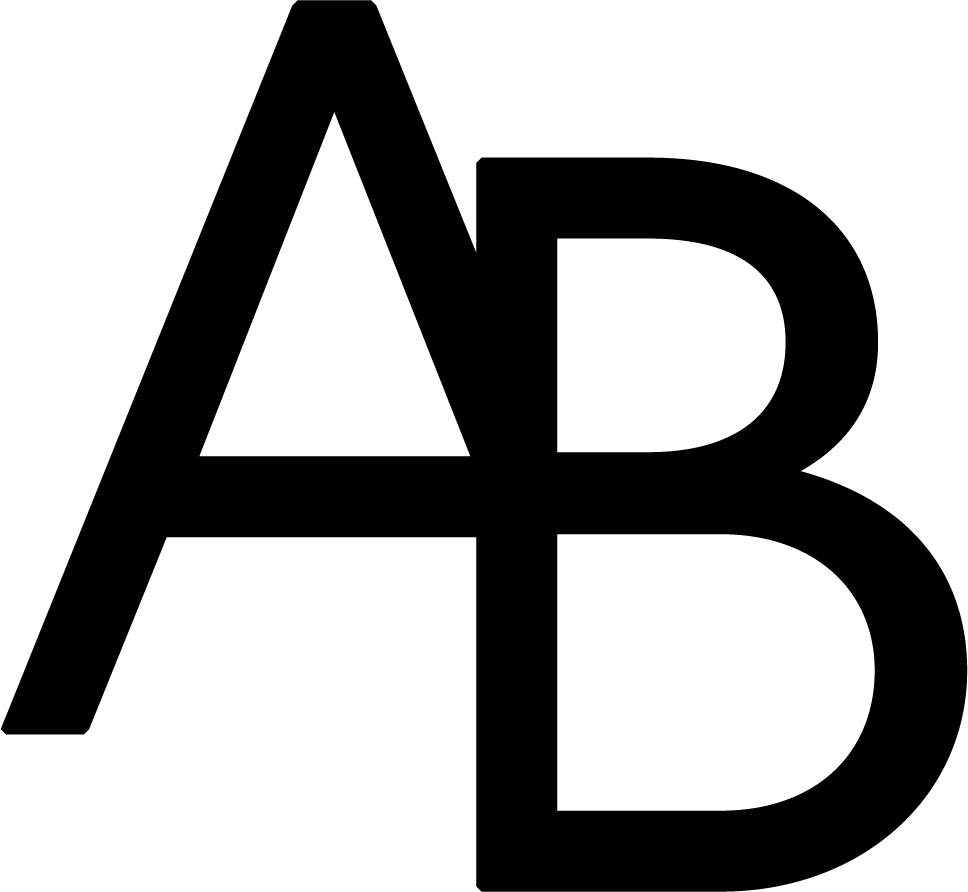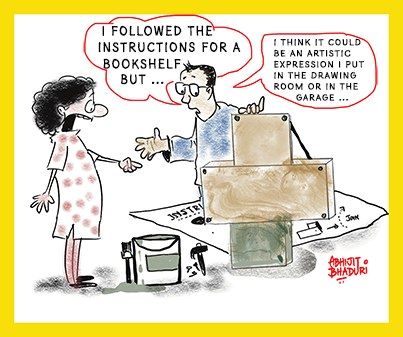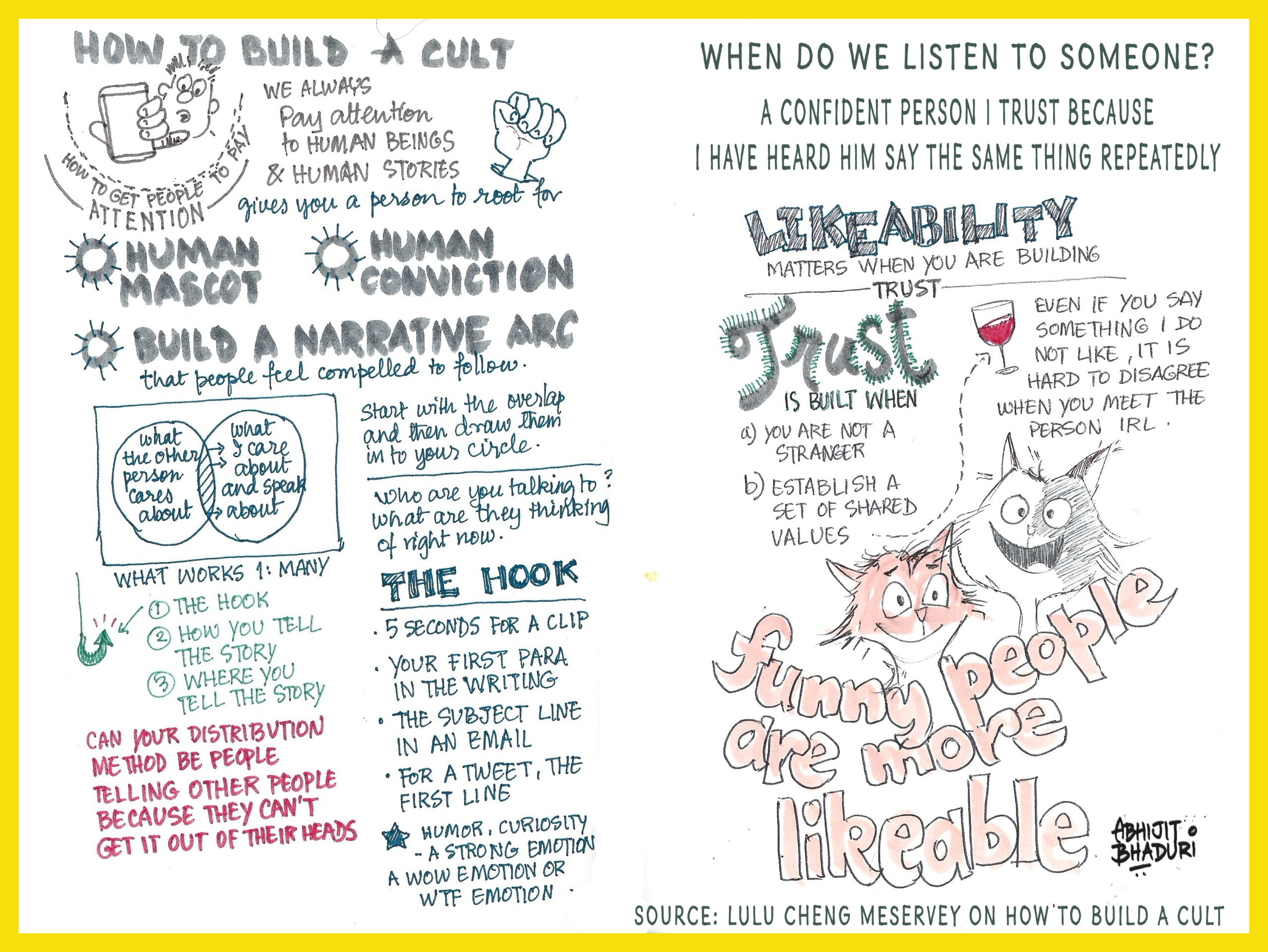True fans are described as superfans who wil buy anything and everything you produce. If you can produce enough to sell your true fans $100 per year, you can make a living with 1,000 true fans.
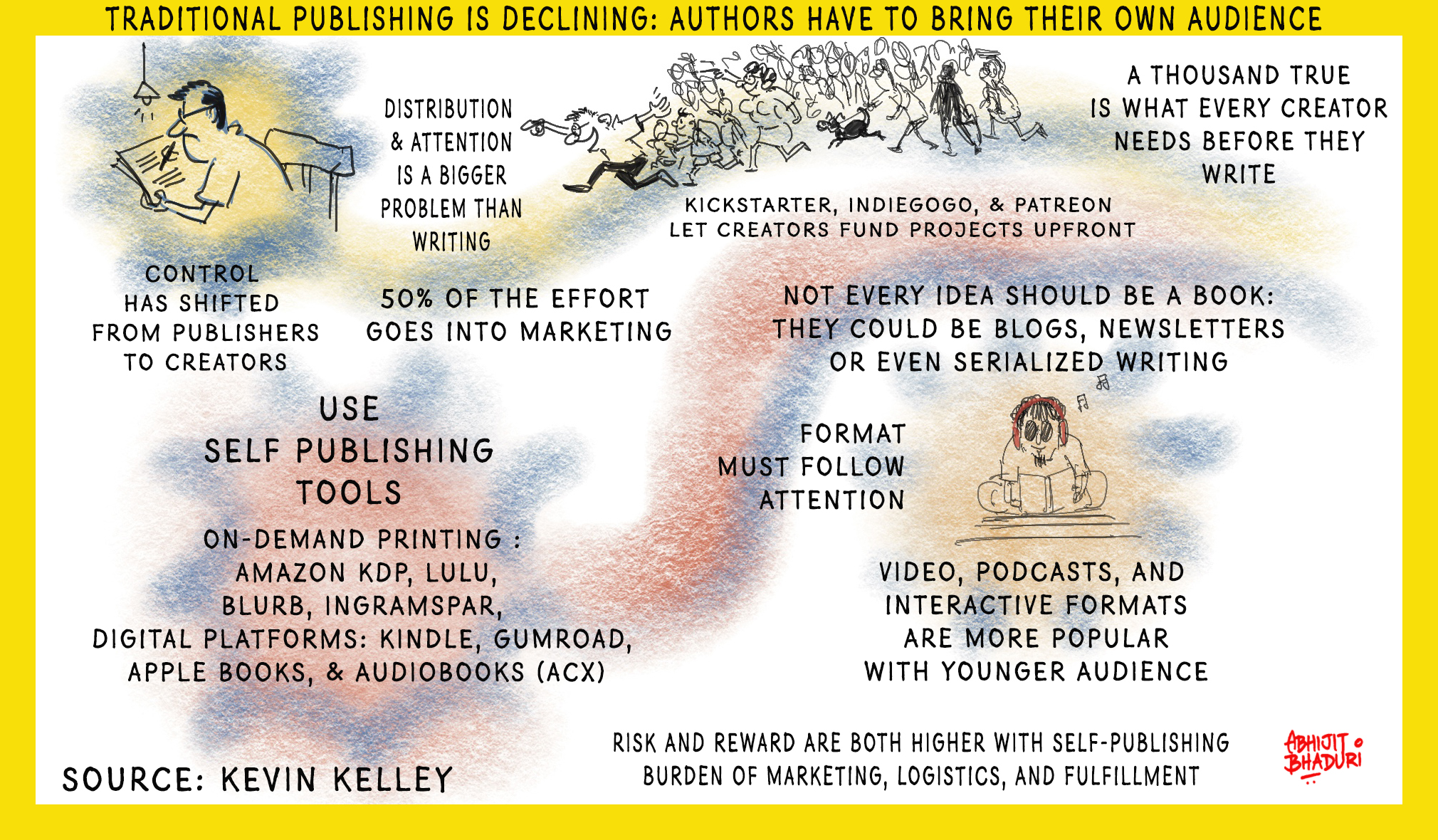
I am merely sharing the notes I took from Kevin Kelley’s post. It is 16 pages long. But pure gold. I am doing a Key Ideas version. Here is the original
Traditional Publishing Route
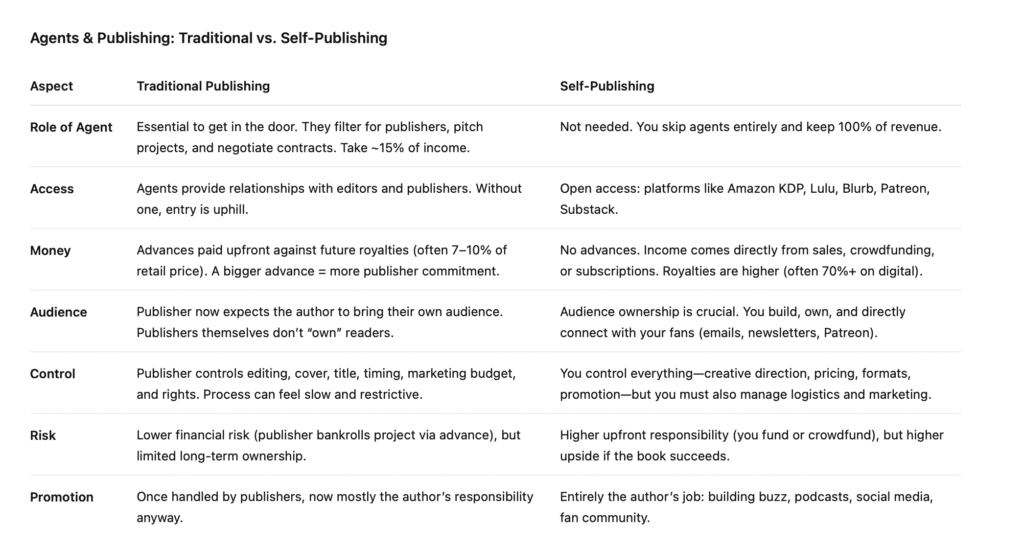
- Control has shifted from publishers to creators: The bottleneck is no longer production—it’s distribution and attention.
- Authors must think like entrepreneurs: Building and nurturing an audience is no longer optional—it’s the foundation of sustainability.
- “1,000 True Fans” is real: With direct connection and diversified platforms, even a small, loyal audience can fund a creator’s career.
- Format should follow attention: Clinging only to printed books ignores where readers—and especially younger audiences—actually spend their time.
- Risk and reward are both higher with self-publishing: You keep more money and control, but you also shoulder the burden of marketing, logistics, and fulfillment.
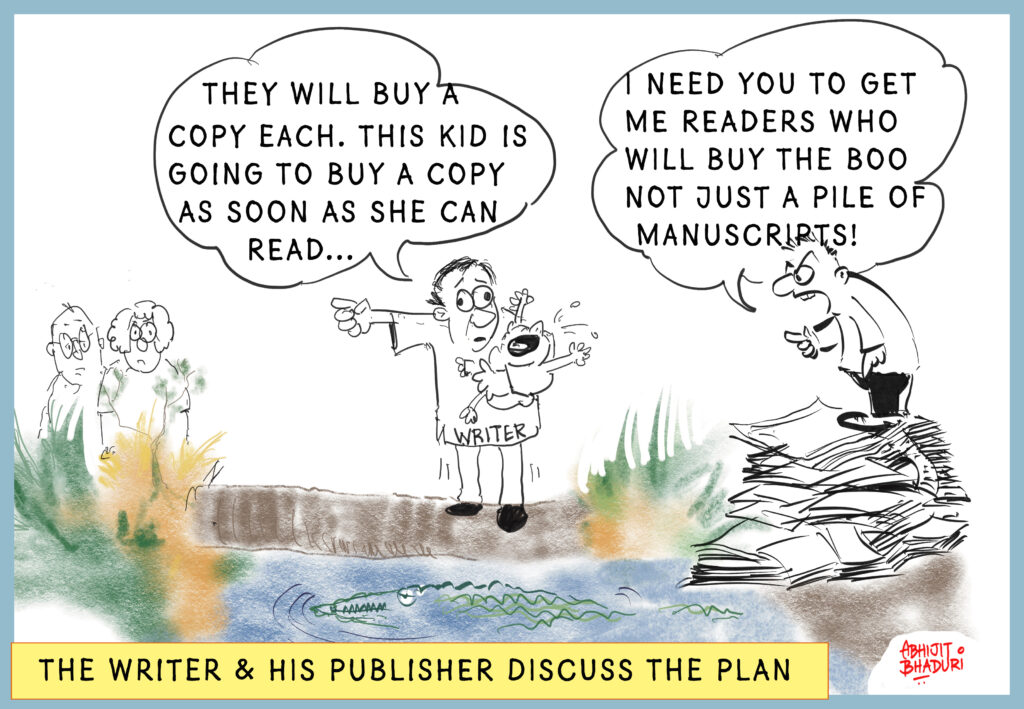
Do you need an agent?
They will take 15% of what you earn by way of an advance. Kevin Kelley in his own words:
“Are agents worth it? In the beginning of a career, yes. They are a great way to connect with editors and publishers who might like your stuff, and for many publishers, this is the only realistic way to reach them. Are they worth it later? Probably, depending on the author. I do not enjoy negotiating, and I have found that an agent will ask for, demand, and get far more money than I would have myself, so I am fine with their cut. Are they essential? Can you make it in the traditional publishing world without an agent?”
Where should you start?
- Start building your audience today: Collect emails, nurture communities, and invest in trust before launching any book.
- Experiment with formats: Test your ideas via blogs, newsletters, or serialized content before committing to a full book.
- Use crowdfunding wisely: Launch with a well-prepared campaign to de-risk printing and gauge demand.
- Mix and match publishing modes: Combine on-demand for scale, digital for reach, and limited-edition physical books for superfans.
- Invest in promotion, not just production: Allocate as much energy to marketing as to writing—especially via podcasts, YouTube, and online communities.
- Think long-term brand, not one-off book: Each project should grow your audience, deepen their connection, and prepare the ground for your next creation.
- Watch the shift to video and audio: Future publishing will be multi-modal—books may be only one slice of your creative output.
